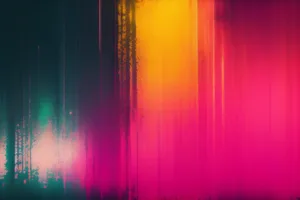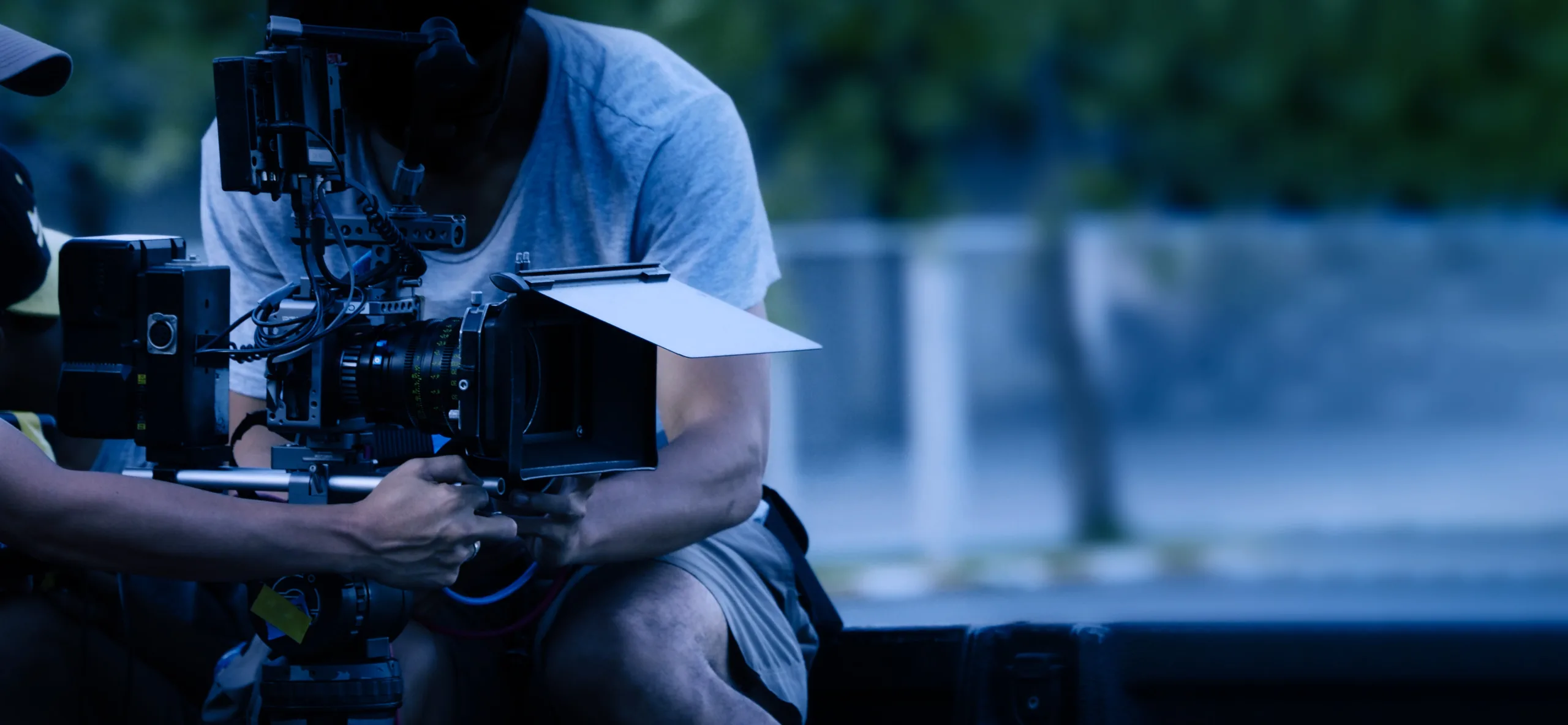
In the magical realm of filmmaking, every frame holds the power to tell a story. One essential aspect that transforms a scene into a visual masterpiece is mise-en-scène. French for “placing on stage,” mise-en-scène encompasses a range of elements that contribute to the overall composition and atmosphere of a film.
In this blog post, we will explore the intricacies of mise-en-scène, examining its definition, components, and significance in the art of filmmaking. Join us on this enlightening journey as we unravel the secrets behind the visual language of mise-en-scène.
Mise-en-scène, a term borrowed from the world of theater, refers to the arrangement of visual elements within a frame in filmmaking. It encompasses various components such as set design, props, costumes, makeup, lighting, and cinematography.
Together, these elements work harmoniously to create a visual language that communicates the story, themes, and emotions to the audience.
Set Design.
Set design forms the foundation of mise-en-scène. It involves the creation of physical or virtual spaces that serve as the backdrop for the film’s narrative. The sets can range from elaborate built structures to realistic location shoots, each meticulously designed to establish the film’s time period, location, and atmosphere. The arrangement of furniture, objects, and details within the set contributes to the overall composition and visual storytelling.
Props.
Props are essential elements that add depth and meaning to the mise-en-scène. They can be functional or symbolic, representing the characters’ personalities, interests, or conflicts. The choice and placement of props within a scene can convey subtle messages or foreshadow events, enriching the narrative.
Costumes.
Costumes play a vital role in character development and visual storytelling. They reflect the characters’ personalities, social status, and historical context. The colors, styles, and textures of costumes contribute to the overall aesthetic and visual coherence of the film. By carefully selecting and coordinating costumes, filmmakers enhance the audience’s understanding of the characters and their relationships.
Makeup and Hairstyling.
Makeup and hairstyles are integral components of mise-en-scène, particularly in creating distinct character identities. They can transform actors into different time periods, cultures, or even supernatural beings. The use of prosthetics, special effects makeup, and hairstyling techniques further immerses the audience in the film’s world, lending authenticity to the characters and their experiences.

Lighting.
Lighting is a crucial element that shapes the mood, tone, and visual impact of a film. Lighting techniques, such as high-key or low-key lighting, can evoke different emotions and enhance the atmosphere of a scene. The placement and intensity of light sources contribute to the overall visual composition and guide the audience’s attention within the frame.
Cinematography.
Cinematography, including camera angles, movement, and shot composition, is another vital aspect of mise-en-scène. It guides the audience’s perspective, frames the mise-en-scène, and emphasizes specific details or actions. Cinematographic choices influence the audience’s perception and interpretation of the story, creating visual dynamics within the frame.
Mise-en-scène is more than just the sum of its individual components. It is a visual language that filmmakers use to communicate their creative vision and connect with the audience. Through the careful arrangement and coordination of these elements, filmmakers can immerse viewers in the film’s world, enhance storytelling, and evoke powerful emotions.
Mise-en-scène allows filmmakers to establish the film’s visual style, set the mood, and convey the characters’ inner worlds. It plays a pivotal role in capturing the essence of a story and engaging the audience on a visual and emotional level.
In conclusion, mise-en-scène is a critical aspect of filmmaking that encompasses the arrangement of visual elements within a frame. It includes set design, props, costumes, makeup, lighting, and cinematography, all working together to create a visual language that communicates the story, themes, and emotions to the audience.
Mise-en-scène allows filmmakers to construct immersive worlds, enhance narrative depth, and evoke powerful responses from viewers. Understanding and appreciating the art of mise-en-scène is essential for aspiring filmmakers and film enthusiasts alike, as it unlocks the secrets behind the visual storytelling that captivates us on the silver screen.